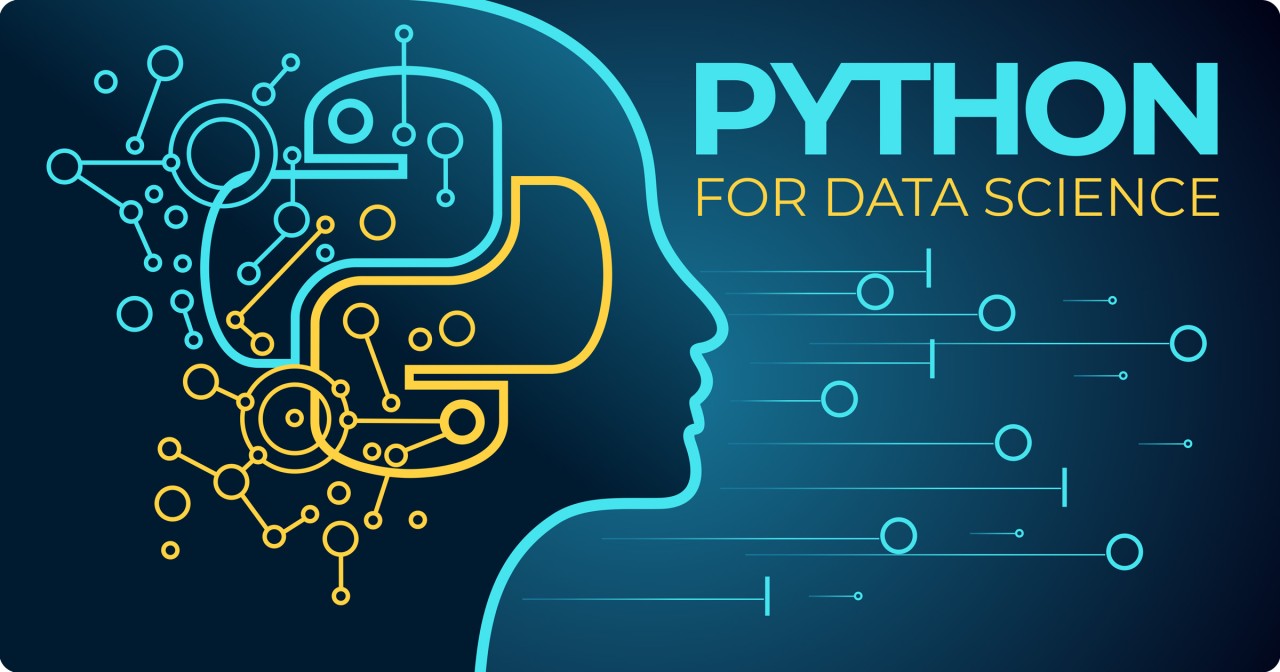In the age of big data, Python has become the go-to language for data science. From cleaning raw data to building predictive models, Python offers a powerful, flexible, and easy-to-learn ecosystem that makes it ideal for anyone exploring analytics or artificial intelligence. This blog will guide you through why Python is the best choice for data science, what tools and libraries you need, and how to start your journey as a data-driven developer.
Table of Contents
Why Python Dominates Data Science
Python’s popularity in data science isn’t accidental. Its clean syntax, huge community, and thousands of open-source libraries make it easy to explore, analyze, and visualize data quickly.
- Ease of Learning: Python’s simple syntax allows beginners to focus on problem-solving instead of worrying about complex programming structures.
- Rich Ecosystem: Python’s data libraries (like NumPy, pandas, and Matplotlib) provide pre-built tools that handle everything from basic math to complex AI algorithms.
- Community Support: Millions of developers, tutorials, and forums make help always available.
- Integration Power: Python connects easily with SQL, Excel, APIs, and big data platforms like Hadoop and Spark.
Because of these strengths, Python is used by top companies like Google, Netflix, Amazon, and NASA for data-driven decision-making.
Key Libraries Every Data Scientist Should Know
Data science with Python revolves around a few core libraries. Let’s look at the essentials:
- NumPy – Handles numerical computations efficiently with multi-dimensional arrays and linear algebra functions.
- pandas – The foundation for data cleaning and manipulation. It provides DataFrames for easy tabular operations.
- Matplotlib & Seaborn – Used for data visualization. Matplotlib creates detailed plots, while Seaborn simplifies statistical charting.
- scikit-learn – A machine learning library that covers regression, classification, clustering, and model evaluation.
- TensorFlow & PyTorch – Deep learning frameworks for neural networks, image recognition, and NLP tasks.
- Statsmodels – Ideal for statistical modeling and hypothesis testing.
Together, these libraries form the backbone of most data science workflows.
Setting Up Your Environment
To get started, install Python 3 and set up a virtual environment:
python -m venv venv
source venv/bin/activate # macOS/Linux
venv\Scripts\activate # Windows
Then install key packages:
pip install numpy pandas matplotlib seaborn scikit-learn jupyter
Launch Jupyter Notebook to begin experimenting:
jupyter notebook
Jupyter lets you combine code, visualizations, and markdown explanations — perfect for data storytelling and analysis.
The Data Science Workflow in Python
A typical project involves five stages:
- Data Collection: Load data from CSV files, databases, APIs, or web scraping tools like
requestsandBeautifulSoup. - Data Cleaning: Handle missing values, remove duplicates, and standardize formats using
pandas. - Exploratory Data Analysis (EDA): Use
MatplotlibandSeabornto visualize trends, outliers, and correlations. - Modeling: Train machine learning models using
scikit-learnorTensorFlow. - Evaluation and Deployment: Test model performance and deploy with frameworks like Flask, FastAPI, or Streamlit.
Here’s a simple example of analyzing data with pandas:
import pandas as pd
data = pd.read_csv("sales.csv")
print(data.describe())
data['Profit'].hist()
With a few lines, you can gain meaningful insights into large datasets.
Real-World Applications of Python in Data Science
Python powers a range of data science applications:
- Predictive Analytics: Forecasting sales, weather, or customer behavior.
- Natural Language Processing (NLP): Analyzing text from reviews, social media, or chatbots.
- Computer Vision: Identifying objects in images or videos.
- Healthcare Analytics: Detecting diseases from medical data and imaging.
- Finance and Risk Modeling: Evaluating credit scores or detecting fraud.
- Climate and Environmental Analysis: Predicting climate change patterns or pollution levels.
Its adaptability across industries makes Python the most practical language for real-world data science.
Best Practices for Python Data Scientists
- Always use virtual environments to isolate dependencies.
- Document your work using Jupyter notebooks or Markdown reports.
- Apply version control with Git and GitHub.
- Optimize performance using vectorized operations in NumPy and pandas.
- Keep learning: follow Kaggle, Medium Data Science blogs, and YouTube tutorials for the latest techniques.
Learning Resources
If you’re serious about learning Python for data science, here are a few trusted sources:
- Official Docs: https://docs.python.org/3/
- Kaggle Courses: Hands-on datasets and challenges
- Real Python: In-depth tutorials
- Datacamp / Coursera: Guided courses with interactive labs
- FreeCodeCamp YouTube: Full beginner-to-advanced video series
Final Thoughts
Python isn’t just a tool it’s the language that fuels modern data science. Its simplicity, versatility, and strong community make it perfect for both beginners and professionals. Whether you want to predict business outcomes, automate analytics, or dive into AI research, mastering Python for data science will future-proof your career.
Also Check How to Protect Personal Data in Age of Cloud Computing 2025


1 thought on “Python for Data Science – Ultimate Guide for Beginners 2025”